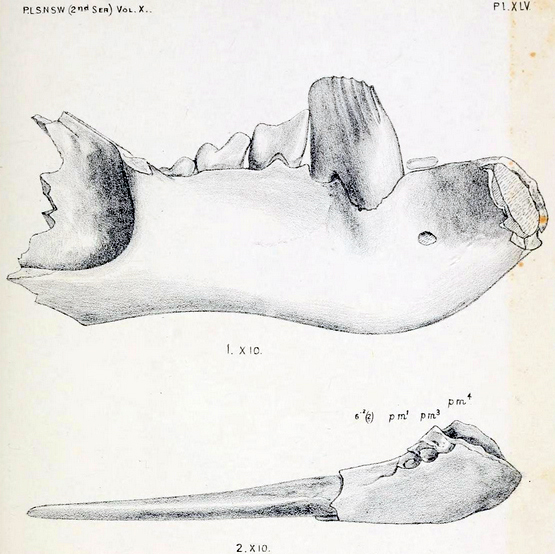Facts About Mountain pygmy possum
The mountain pygmy possum is a diminutive, mouse-sized marsupial native to Australia, specifically thriving in the alpine regions of southern Victoria and New South Wales. This unique creature is the only surviving member of its genus, *Burramys*, and the sole Australian mammal confined to alpine habitats. Fascinatingly, the possum was first identified through fossils in 1895 and was believed to be extinct until a live specimen was discovered in 1966.
These possums possess a distinctive appearance, with grey fur, a cream-colored belly, and a long, prehensile tail. Males and females exhibit sexual dimorphism, with males being slightly larger. Their diet is quite diverse, including insects, fruits, nuts, nectar, and seeds. Their reproductive cycle is synchronized with the availability of Bogong moths, their primary food source. Females give birth annually, and the young spend time in the pouch before being weaned.
Unfortunately, the mountain pygmy possum faces several threats. Habitat destruction, climate change, and predation by feral cats and red foxes are significant concerns. The decline of the Bogong moth due to climate change is particularly alarming, as these moths are crucial for the possum's survival.
Conservation efforts are in full swing, encompassing captive breeding programs and a national recovery plan. There is a strong focus on protecting their habitat, reducing predator threats, and ensuring sufficient food supply. Despite these efforts, the mountain pygmy possum is currently listed as Critically Endangered on the IUCN Red List, with its population numbers declining sharply.
Scientists and conservationists are tirelessly working on sustainable solutions to protect this unique marsupial. Their goal is to ensure that future generations can continue to witness the existence of the mountain pygmy possum in the wild.
